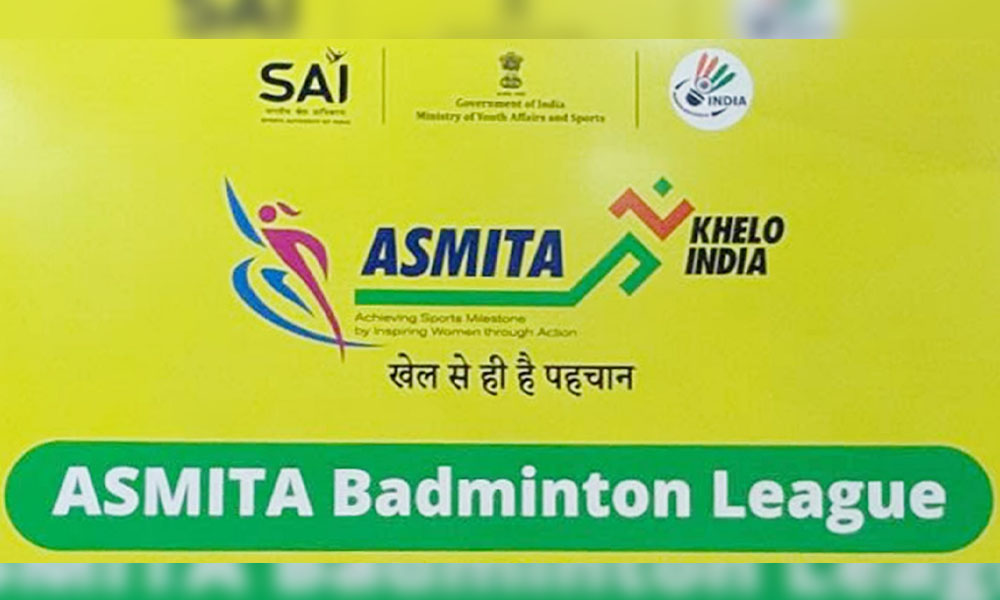Muscles in the cupped area contract and relax to add and release pressure as necessary once the sucker's wide outer rim has made a seal with an object. These suckers exert a strong adhesive attachment that is challenging to break when numerous of them are engage.
Digital Desk: A research team led by
Virginia Tech's Michael Bartlett has created an octopus-inspired glove that can
firmly grasp objects underwater. The research has been chosen to appear on the
cover of the July 13 issue of Science Advances.
Humans
were not particularly intended for the undersea environment. We require tanks
for breathing, neoprene suits for covering and insulating our bodies, and
goggles for clear vision. The human hand is similarly unsuited to gripping
objects.
This
might be a liability at certain points in life. Our team turned to nature for
inspiration, as it already offers some fantastic options. According to
Bartlett, an assistant professor in the mechanical engineering department, the
octopus quickly emerged as the ideal model.
The capacity to use one's hands to
grasp objects underwater is necessary for many occupations, including those of
rescue divers, underwater archaeologists, bridge engineers, and salvage
personnel. Humans occasionally have to use extra effort because they lack the
capacity to grasp slippery objects underwater. This could be a problem when
using a gentle touch. The octopus enters the picture here.
One of the most unusual animals on the
globe, the eight-armed cephalopod uses its eight arms to grasp and hold a
variety of objects in its aquatic habitat. The muscular and neurological
systems of the animal govern the suckers on those arms. These suckers have
strong adhesive properties and are each formed like the end of a plunger.
Muscles
in the cupped area contract and relax to add and release pressure as necessary
once the sucker's wide outer rim has made a seal with an object. These suckers
exert a strong adhesive attachment that is challenging to break when numerous
of them are engage.
The scientists reinvented these
suckers to create a glove with flexible rubber stalks and soft, actuating
membranes on top. These are intended to serve the same purpose as an octopus'
suckers by establishing a strong connection to things with minimal pressure
that can be applied to both flat and curved surfaces.
The researchers had to figure out a
way for the glove to recognize objects and start the adhesion after creating
the grasping mechanism. This was accomplished by bringing in Eric Markvicka, an
assistant professor at the University of Nebraska–Lincoln.
In
order to determine how close an object is, Markvicka installed a number of
optical proximity sensors that utilized micro-LIDAR. These suckers were then
coupled with a microcontroller to pair the sensing and sucker engagement,
simulating the octopus's neurological and muscular systems.
While evaluating the glow, the
researchers tied a few test grabbing modes. They handled fragile, light things
with a single sensor. They discovered that they could pick up and drop metal
toys, cylinders, an ultrasoft hydrogel ball, and flat objects with ease.
The
sensor network was then adjusted to use every sensor for object detection. A
plate, a box, and a bowl were then within their grasp after this. Even when the
user did not close their hands to grasp the objects, they were still able to
hold a variety of flat, cylindrical, convex, and spherical objects in their
hand's thanks to the glove.


















